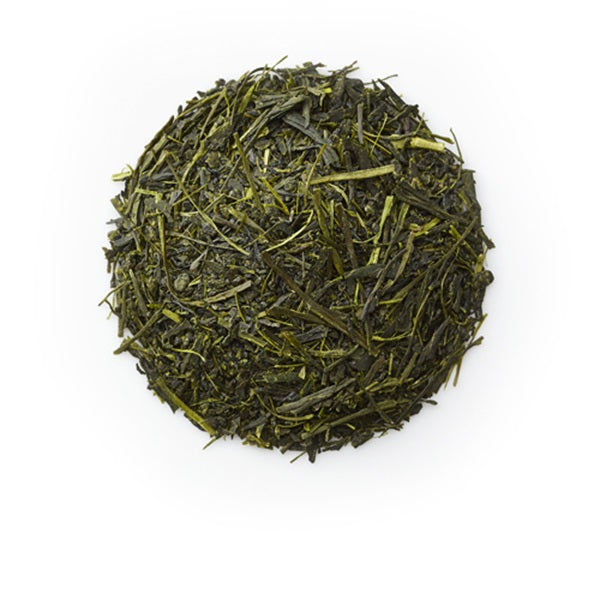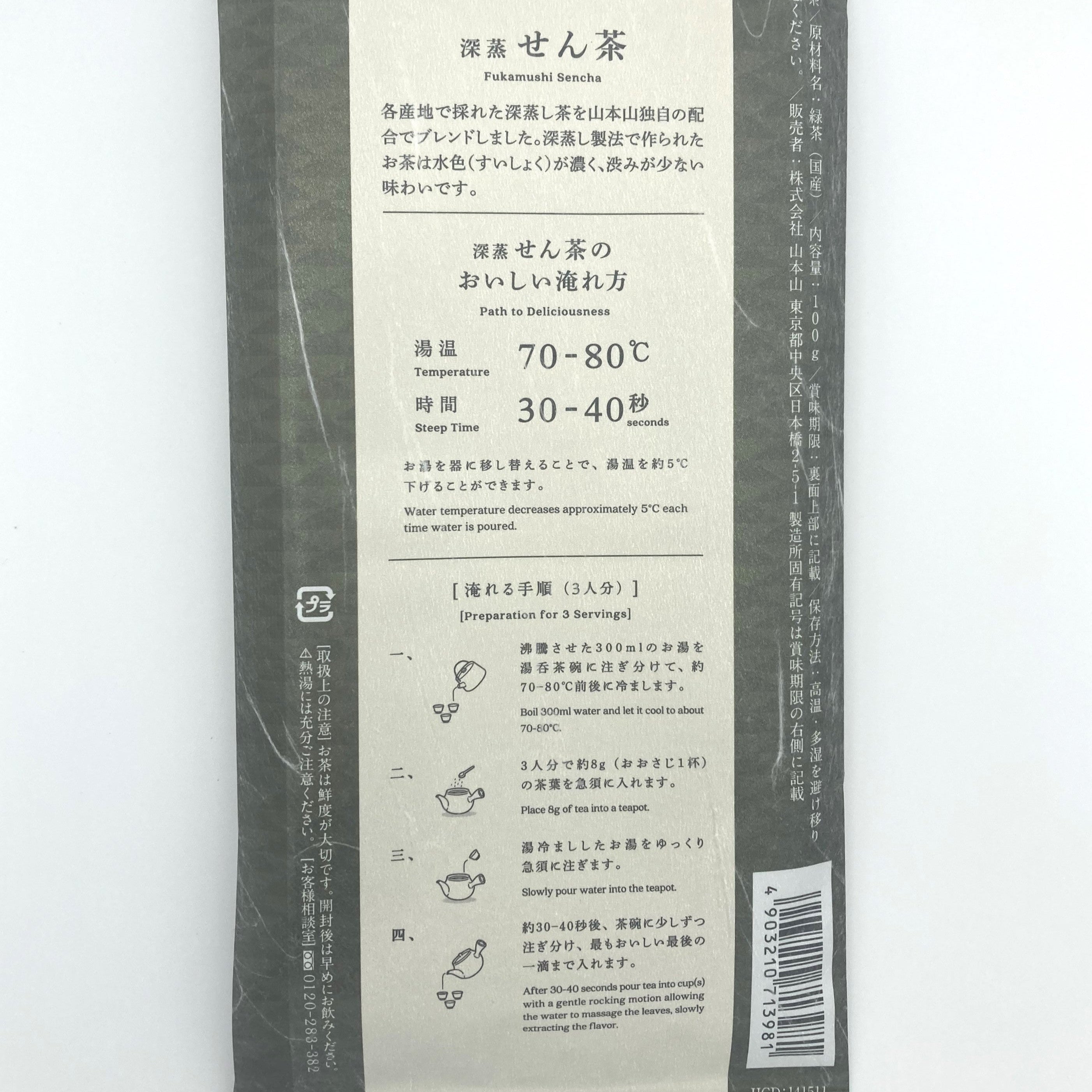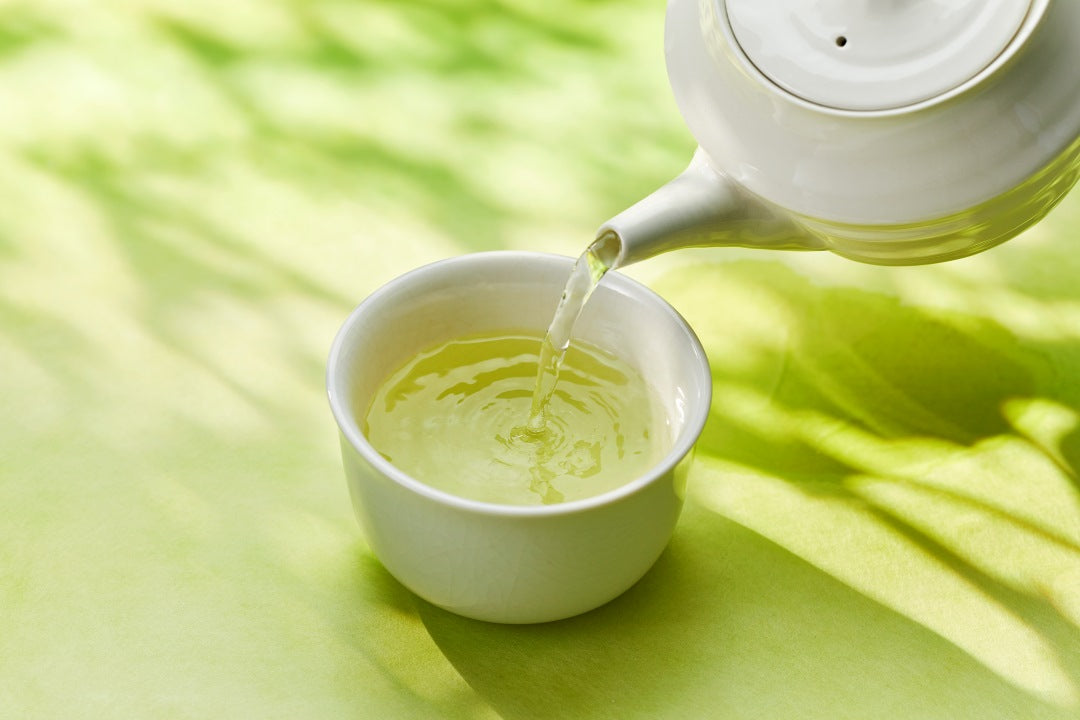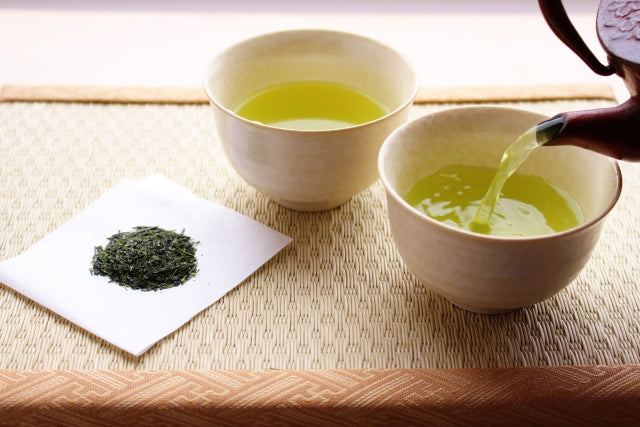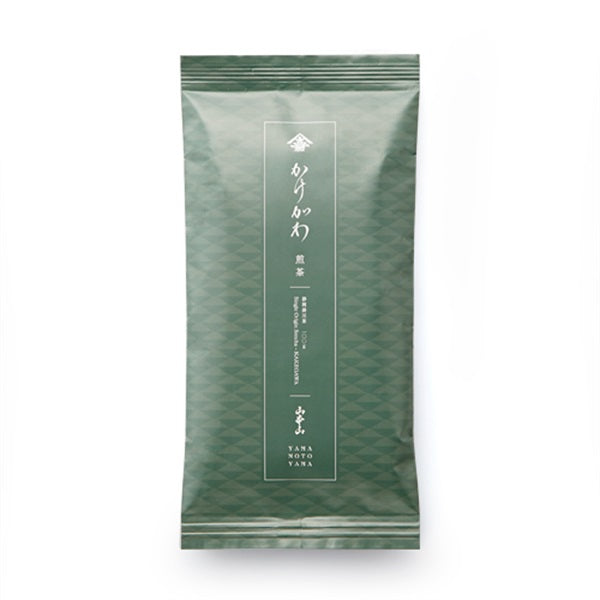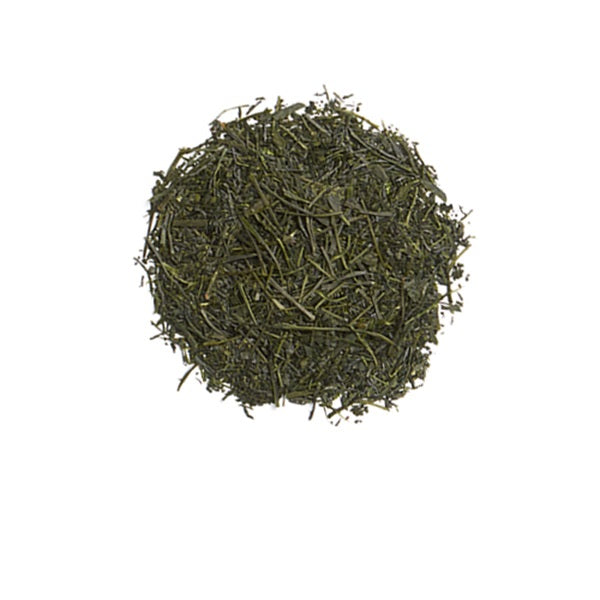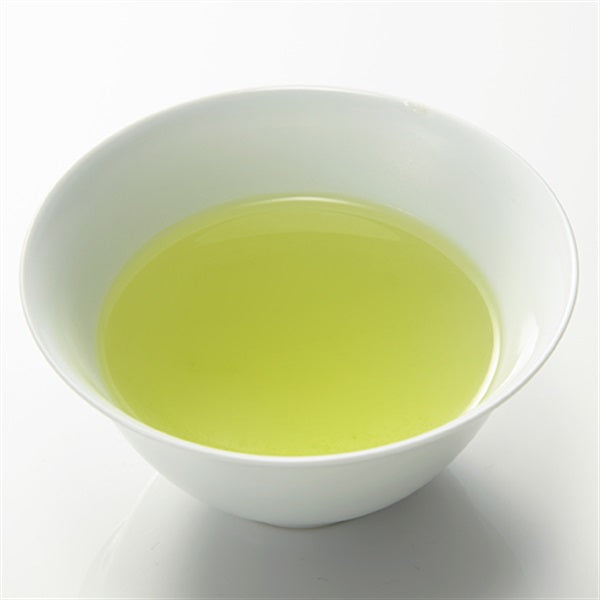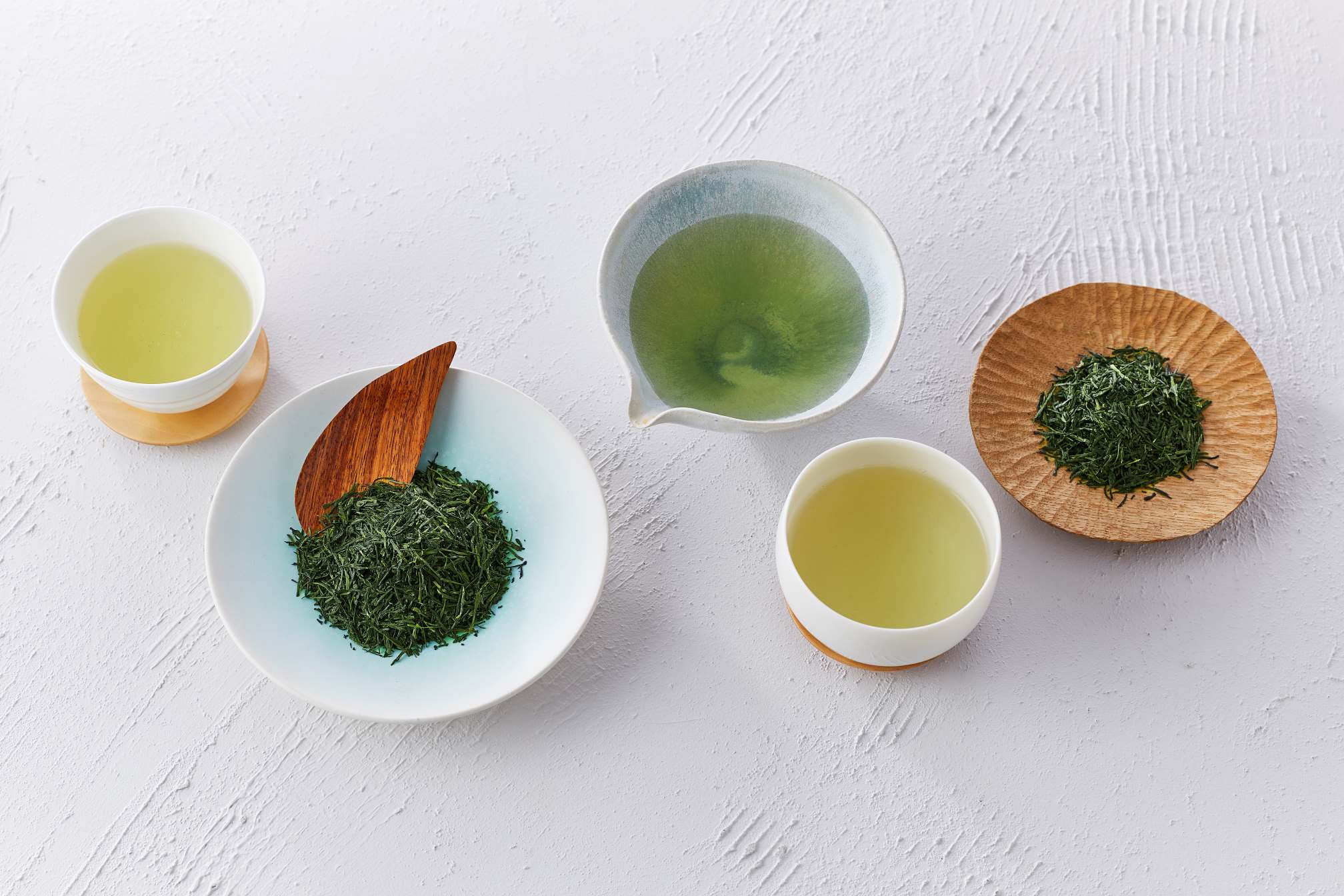
What is the difference between deep-steamed sencha and regular sencha? A detailed explanation of the differences in flavor and characteristics
The difference between "regular sencha" and "deep-steamed sencha"
There are two types of sencha: "regular sencha" and "deep-steamed sencha."
The difference between "regular sencha" and "deep-steamed sencha" lies in the length of time the tea leaves are steamed during the manufacturing process.
While regular sencha is steamed for 30-40 seconds, deep-steamed sencha is steamed for 2-3 times longer.
By steaming for a longer time, the tea leaves become soft and easily crumbled, resulting in a darker color and a richer flavor.
This tea has become increasingly popular in recent years, especially in the Kanto region.

Why do we steam tea leaves for so long?
Why do we steam the tea for such a long time? The reason lies in the nature of the tea leaves and the tea manufacturing process.
Tea leaves grown in plenty of sunlight are characterized by being hard, difficult to roll, and having a strong astringent taste.
Therefore, by steaming the tea leaves for a long time, the leaves become softer and easier to roll, while also reducing the astringency.
In addition, tea leaves that have been steamed for a long time become easier to break down into smaller pieces when rolled, making it easier to extract the ingredients contained in the tea. 
This is why deep-steamed tea can produce a deep green, flavorful tea in a short amount of time.
However, because many of the ingredients are released in the first brew, the flavor tends to become weaker from the second brew onwards.
On the other hand, regular sencha is steamed for only a short time, so the tea leaves maintain their shape and the ingredients are extracted slowly, allowing you to enjoy it for a long time, even after a second or third brew.

Generally, tea leaves grown on flat land are exposed to a lot of sunlight and become hard, so the deep steaming method is often used.
On the other hand, tea leaves grown in mountainous areas tend to be in the shade and tend to be soft, so a short steaming process is best suited to them.

The background of the birth of deep-steamed sencha
The background to the production of deep-steamed sencha is the improvement in the quality of tea leaves and changes in consumer tastes.
In the past, tea leaves were often hard and had a strong astringent taste, so in order to improve this, the steaming time was increased to make the tea easier to drink.
In addition, in modern times, there is a trend towards preference for deep-steamed sencha, which has a beautiful deep green appearance and a rich flavor.
Deep-steamed sencha, which can be easily prepared in a short amount of time while still allowing you to enjoy the rich color and flavor of green tea, may have been ideal for busy modern people.

Deep-steamed Sencha tea attracts attention for its nutritional value
Furthermore, in recent years, the health benefits of deep-steamed sencha have also been attracting attention.
That being said, there is no difference in the nutritional value contained in the tea leaves between regular sencha and deep-steamed sencha.
However, deep-steamed sencha is steamed for a longer period of time than regular sencha, which makes the tea leaves softer and easier to crumble.
This manufacturing method makes it possible to extract nutrients that would normally be difficult to dissolve.
Powdered tea leaves may settle at the bottom of your teacup, but this part is packed with various nutrients, including catechins. Please try tasting it without throwing it away.

summary
How was it?
Deep-steamed sencha is a type of green tea that is made using a slightly different method than regular sencha and is characterized by its rich, mellow flavor.
It is said to be rich in nutrients and good for your health. In addition, contrary to its appearance, it has little bitterness, so it tends to be popular with people who don't like bitter or astringent tea, and with children.
If you haven't tried it yet, why not give deep-steamed sencha a try?




